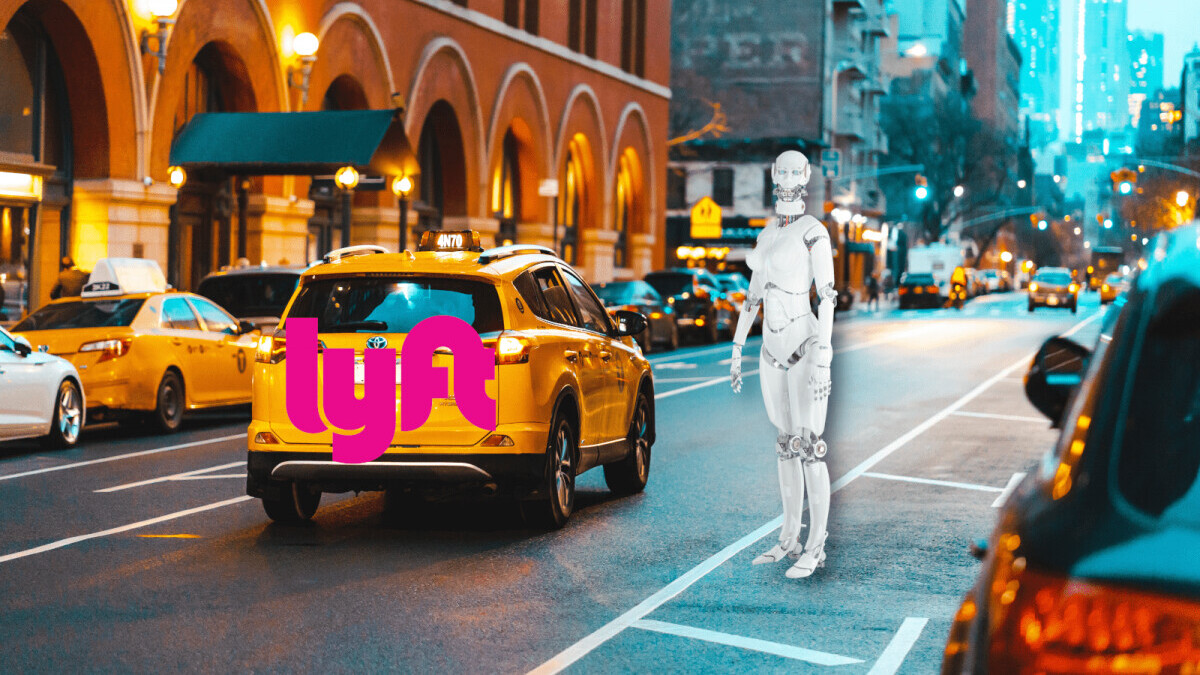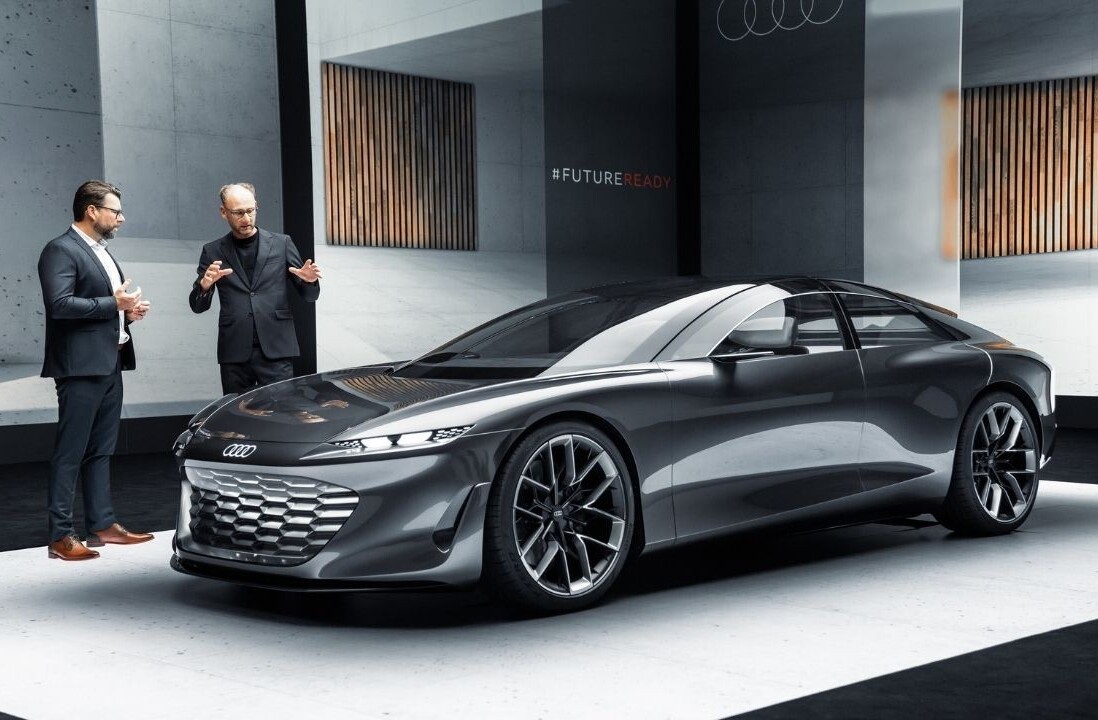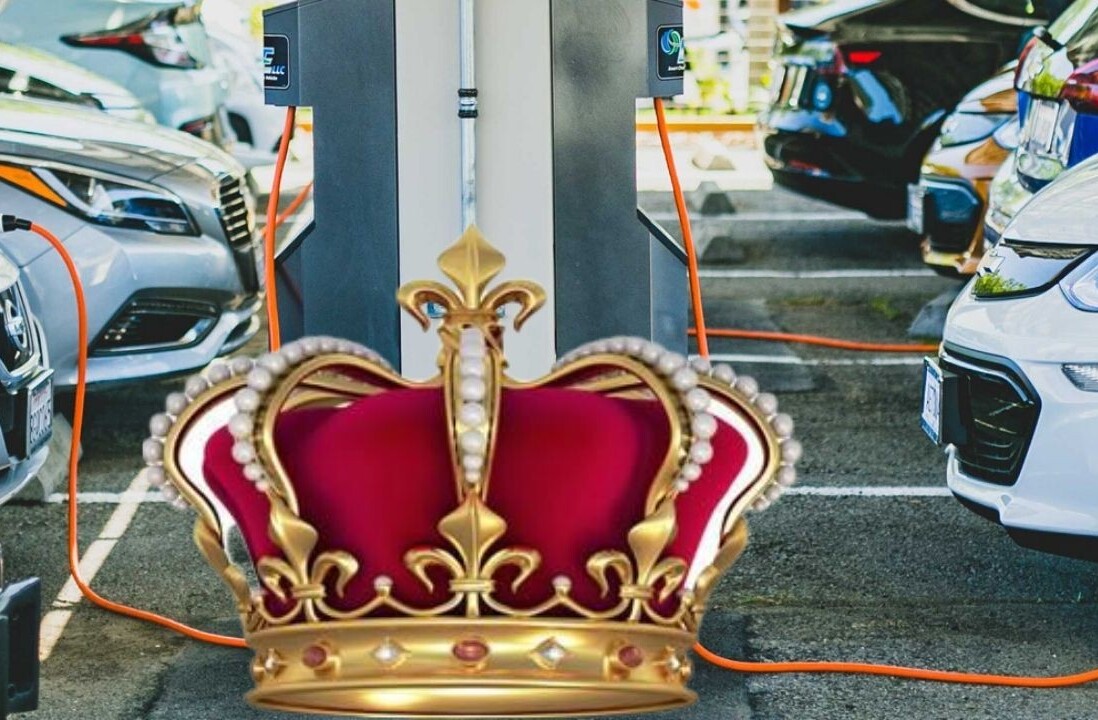
Like Uber, ride-hailing platform Lyft has sold its self-driving division. It’s a massive u-turn for the company considering that just last year, it said it was planning to launch its first robotaxi fleet in 2023.
Let’s take a closer look at what’s happened.
The deal
On Tuesday this week, Lyft announced an acquisition agreement with Toyota’s Woven Planet Holdings (WPH).
The deal sees WPH buy Lyft’s self-driving division, called Level 5, for $550 million in cash.
As TechCrunch reports, Lyft will receive $200 million upfront, with the remaining $350 million paid in installments over the next five years.
Most of Level 5’s staff will also move over to WPH, how their work will continue however depends on what the Toyota subsidiary decides to do with it.
The deals should officially close in the third quarter of this year.
The why
The reason why Lyft has sold its self-driving division couldn’t be simpler: it needs to make money, more specifically it needs to turn a consistent profit.
By getting rid of its self-driving division Lyft is able to remove $100 million of yearly operating expenses.
[Read: 3 new technologies ecommerce brands can use to connect better with customers]
According to the company’s co-founder and president John Zimmer, if the deal goes through in the expected time frame, it will leave Lyft in a position of profitability by the end of the year.
Bear in mind, as NY Times reports, Lyft lost $1.8 billion last year, so it’s still got a lot to fix before it becomes profitable.
The dream
It’s worth noting, while Lyft is selling its self-driving efforts, it’s not wiping its hands clean entirely.
The company is still intent on autonomous robotaxis being a huge part of its future.
As such, it’s made commercial agreements that would see Woven Planet use the Lyft platform if it solves the self-driving puzzle.
Lyft will continue to maintain relationships with other autonomous vehicle development companies as well, for the same reasons.
A leaf out of Uber’s book
You might feel like you’ve read this story before, and in a way you probably have.
Late last year, ride-hailing giant Uber sold its own self-driving division to autonomous vehicle startup Aurora, in pursuit of profit.
There was no definitive value placed on that deal, but valuations suggest it was around $4 billion. That’s leagues more than Lyft’s sale, but the principle of the sale was the same: Uber is under increasing pressure to turn a profit, and so is getting rid of excess financial baggage.
In both cases, the companies have been sure to keep some skin in the self-driving car game.
The ride-hailing firms might not be giving up on robotaxis entirely, but the painful reality of business and needing to make a return on all that VC investment is finally hitting home.
Do EVs excite your electrons? Do ebikes get your wheels spinning? Do self-driving cars get you all charged up?
Then you need the weekly SHIFT newsletter in your life. Click here to sign up.
Get the TNW newsletter
Get the most important tech news in your inbox each week.




